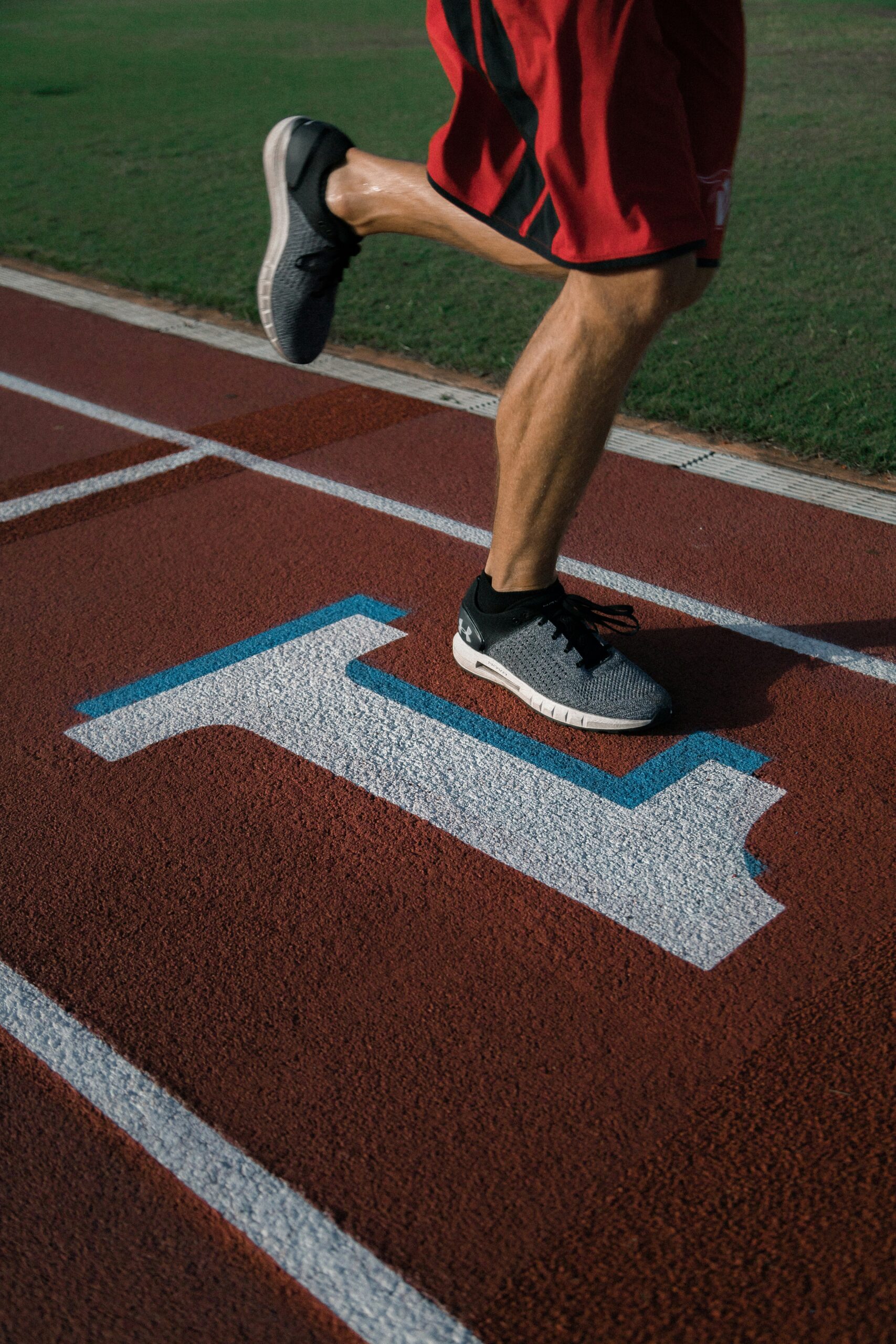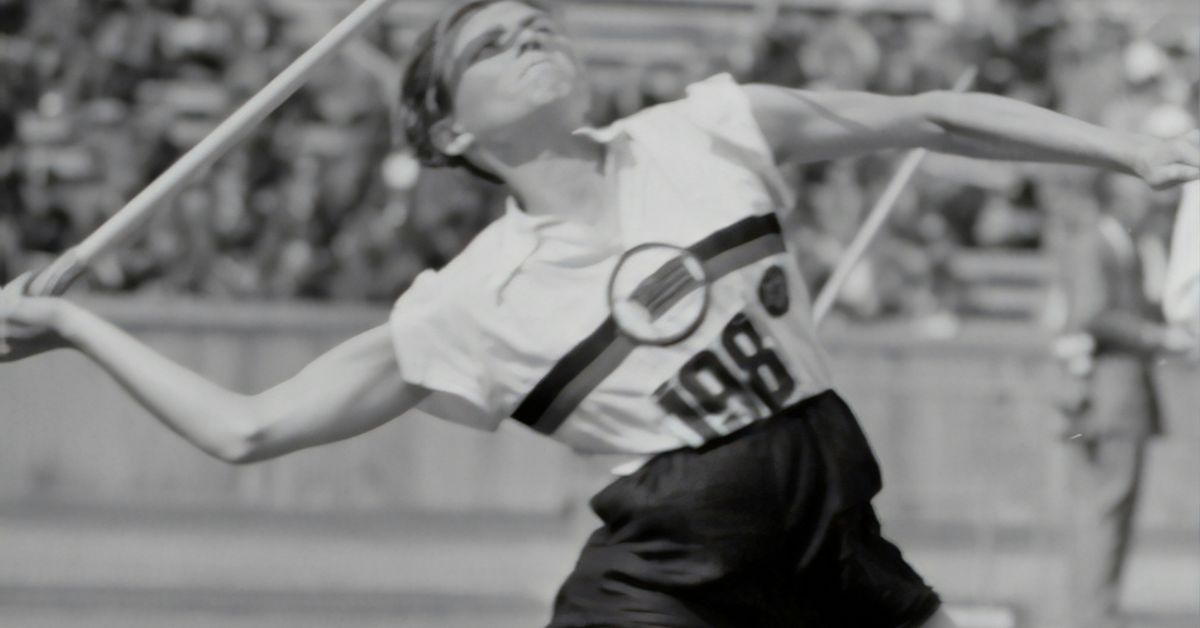Challenging the Status Quo
In the world of sports, the phrase “train smart, not hard” has become something of a mantra. But, as athletes constantly seek that competitive edge, conventional training methods sometimes fall short. What if I told you that some of the most effective training techniques are often overlooked, or perhaps even considered a bit quirky? As someone who has spent years on the sidelines—observing, analyzing, and occasionally sweating it out in the trenches myself—I can attest to the value of unconventional training. It’s time to shake things up and explore how these unique approaches can elevate your game.
The Power of Visualization
Before you roll your eyes and dismiss this as “hocus pocus,” let’s delve into the science behind visualization. Athletes from various sports have reported that mental imagery can enhance performance. By visualizing successful outcomes, athletes train their brains to react as if they’re executing the actual movements. This isn’t just fluff; studies have shown that mental practice can lead to real improvements.
I remember when I first heard about this technique during a seminar—an elite swimmer shared how he envisioned himself gliding through water before every race. It struck me that this was more than just wishful thinking; it was a disciplined approach to mental training.
Here’s how to incorporate visualization into your routine:
- Find a quiet space where you can relax without distractions.
- Close your eyes and picture yourself in your sport, executing moves flawlessly.
- Engage all your senses—imagine the sounds, smells, and feelings associated with your performance.
- Practice this regularly, particularly before competitions or intense training sessions.
Animal Flow: Channeling Your Inner Beast
Ever thought about moving like a monkey, crab, or even a bear? Animal Flow is a unique training method that incorporates movements inspired by various animals. It’s not just for fun; this technique enhances mobility, strength, and coordination. Plus, it’s a fantastic way to break the monotony of traditional workouts.
Imagine crawling on all fours like a bear—feel that primal connection! The beauty of Animal Flow lies in its ability to engage multiple muscle groups at once, improving functional fitness. It’s also a great way to add some playful energy to your training sessions.
Here’s a brief overview of some key movements:
- Bear Crawl: Get on all fours and crawl forward while keeping your knees off the ground. This challenges your core and improves stability.
- Crab Reach: Sit on the floor, lift your hips, and reach one arm overhead while twisting your body. This enhances shoulder mobility and engages your core.
- Frog Jump: Squat down and jump forward, landing softly. It’s a powerful way to build explosiveness.
Breath Control: The Often Ignored Superpower
When we think about training, we often focus on physical exertion, neglecting the power of our breath. Breath control can significantly impact an athlete’s performance, especially in high-stress situations. Whether you’re a runner gasping for air at the finish line or a weightlifter holding your breath before a big lift, mastering your breath can lead to improved endurance, focus, and overall performance.
Consider this: have you ever noticed a difference in your performance when you consciously focused on your breathing? I recall a particularly grueling circuit training session where I began to feel fatigued, but by simply focusing on my breath—deep inhales and controlled exhales—I was able to push through. It’s like finding a hidden gear.
To harness the power of breath control:
- Practice diaphragmatic breathing—inhale deeply through your nose, expanding your belly, then exhale through your mouth.
- Incorporate breath control exercises into your warm-up routine.
- During challenging moments in practice or competition, pause and focus on your breathing to regain composure.
Unconventional Strength Training: Kettlebells and Beyond
While many athletes gravitate toward traditional weightlifting, kettlebells offer a refreshing alternative. These seemingly simple, cannonball-shaped weights can transform your strength training routine. Kettlebell exercises promote functional strength, stability, and flexibility, all while engaging your core and improving your cardiovascular fitness.
What’s particularly fascinating about kettlebells is their versatility. You can perform swings, snatches, or Turkish get-ups, each providing unique benefits. I once watched a powerlifter incorporate kettlebell training into her regimen—she went from just lifting heavy weights to experiencing a more well-rounded strength that translated into her main lifts.
Here are a few standout kettlebell exercises to consider:
- Kettlebell Swing: A dynamic movement that builds power and endurance.
- Kettlebell Goblet Squat: A great way to improve squatting form while building leg strength.
- Kettlebell Turkish Get-Up: An intricate movement that enhances stability and coordination.
Cold Water Therapy: A Chilly Revelation
Now, we’re really venturing into unconventional territory. Cold water therapy, or cold exposure, has gained traction as a recovery method among elite athletes. You might be thinking, “Why on earth would I want to jump into a freezing cold lake?” But proponents argue that the benefits—reduced inflammation, improved recovery, and even enhanced mental resilience—far outweigh the initial shock of the cold.
One of my friends, an endurance athlete, swears by his post-training ice baths. He’s convinced that his ability to recover quickly stems from those icy plunges. Personally, I’ve dipped my toes into cold showers after intense workouts, and while I can’t say I enjoy it, I definitely felt invigorated afterward.
If you’re intrigued by cold water therapy, consider trying:
- Ice baths: Submerging your body in ice-cold water for about 10-15 minutes.
- Cold showers: Alternating between hot and cold water during your shower can also provide benefits.
- Cold packs: Applying cold packs to sore muscles after training can aid recovery.
Dance Your Way to Better Performance
Who said dance is just for parties? Incorporating dance into your training can be a fun and effective way to boost agility, coordination, and cardiovascular fitness. Whether it’s ballet, hip-hop, or salsa, the rhythmic movements challenge your body in ways conventional workouts often don’t.
During college, I took a dance class on a whim. Little did I know that those steps and turns would improve my footwork in various sports, ultimately enhancing my agility and balance. If you’re looking for a change of pace, consider hitting the dance floor as part of your training regimen.
Here are some dance styles that can complement your athletic training:
- Ballet: Improves flexibility and core strength.
- Hip-Hop: Enhances agility and rhythm.
- Latin Dance: Boosts endurance and coordination.
Mindfulness and Meditation: The Mental Edge
As we push our bodies to the limit, it’s crucial not to overlook the mind. Mindfulness and meditation can help athletes maintain focus, reduce anxiety, and improve overall performance. By centering yourself and cultivating a present-moment awareness, you can navigate the mental challenges of competition with greater ease.
I’ll admit, I was skeptical at first. But after trying meditation, I found it surprisingly beneficial. It became a tool for calming my racing thoughts before big events. Athletes like LeBron James and Novak Djokovic have credited mindfulness practices for their success—so there’s definitely something to explore here.
To incorporate mindfulness into your training:
- Set aside a few minutes daily for meditation or deep breathing exercises.
- Practice mindfulness during workouts—focus on your body, the rhythm of your breath, and the sensations you’re experiencing.
- Consider guided imagery or visualization as a form of mental training.
Wrapping Up the Unconventional
In this fast-paced, outcome-driven world of sports, it’s easy to get caught up in the expected training routines—endless hours in the gym, repetitive drills, and strict diets. However, the techniques we’ve explored here offer a refreshing perspective on how to elevate your game. Whether it’s through the power of visualization, the unique movements of Animal Flow, or the invigorating chill of cold water therapy, these unconventional methods can provide the edge you’ve been searching for.
As you embark on your journey to incorporate these techniques into your training, remember that the road to improvement is often paved with experimentation. Not every method will resonate with you, and that’s perfectly fine. The key is to keep an open mind and embrace the quirks of your athletic journey. After all, isn’t that what makes sports so exciting?
So, what are you waiting for? Go ahead, take that leap into the unconventional—your game will thank you.




